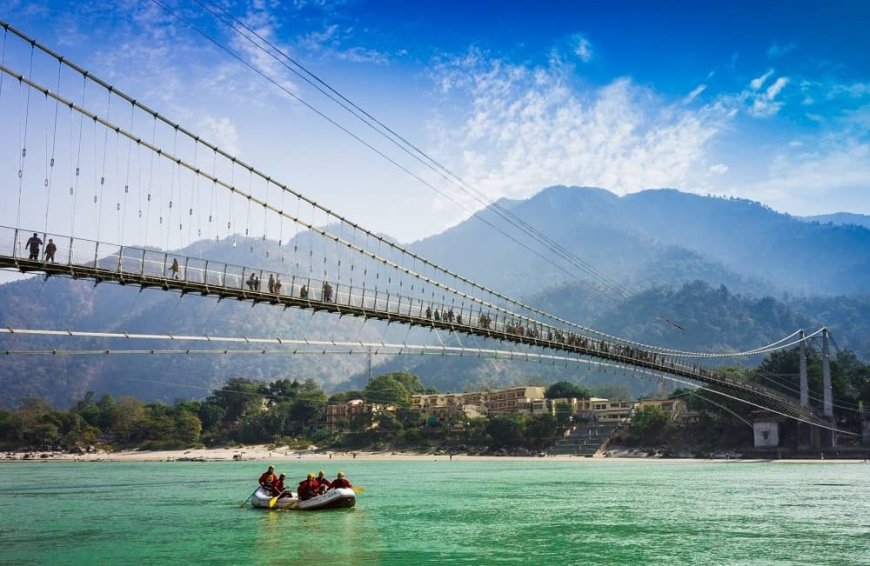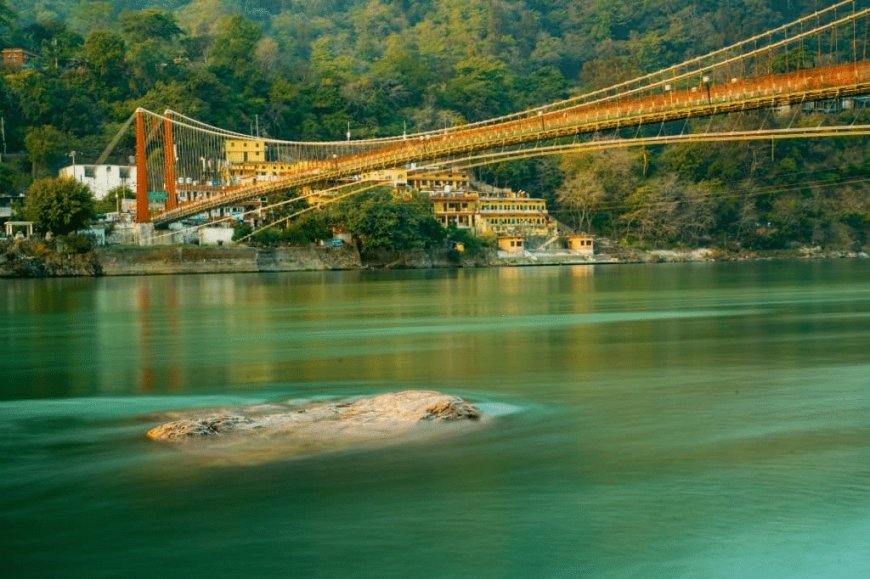Ram Jhula Rishikesh
Ram Jhula is an iconic suspension bridge in Rishikesh, Uttarakhand, India. Here are some key facts about it:
-
Location and Significance: Ram Jhula spans the Ganges River, connecting the Sivananda Nagar area with Swargashram in Rishikesh. It is situated approximately 3 kilometers downstream from the famous Laxman Jhula.
-
Historical Background: The bridge was constructed in 1986 and is named after the Hindu deity Lord Ram. It was built to replace an older, smaller jute rope bridge that was previously in use.
-
Engineering and Design: Ram Jhula is a suspension bridge with a length of about 230 meters (750 feet). It was designed to accommodate both pedestrians and two-wheelers.
-
Pilgrimage and Tourism: The bridge is a significant spot for pilgrims visiting Rishikesh, as it provides access to many ashrams, temples, and spiritual centers in the area. It is also a popular tourist attraction due to its picturesque views of the Ganges and the surrounding hills.
-
Cultural Importance: Ram Jhula serves as a vital link for the local community and visitors, facilitating the flow of people and goods. It has become a symbol of Rishikesh's spiritual heritage and natural beauty.
Overall, Ram Jhula is not only a functional piece of infrastructure but also a landmark that reflects the cultural and spiritual essence of Rishikesh.
What's Your Reaction?
























































